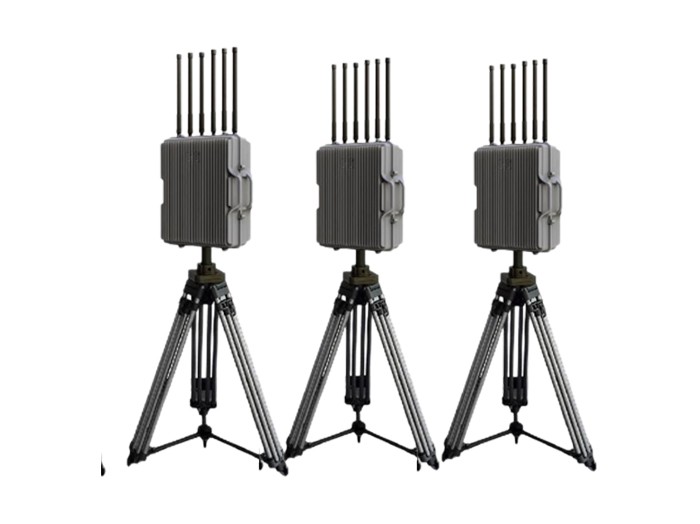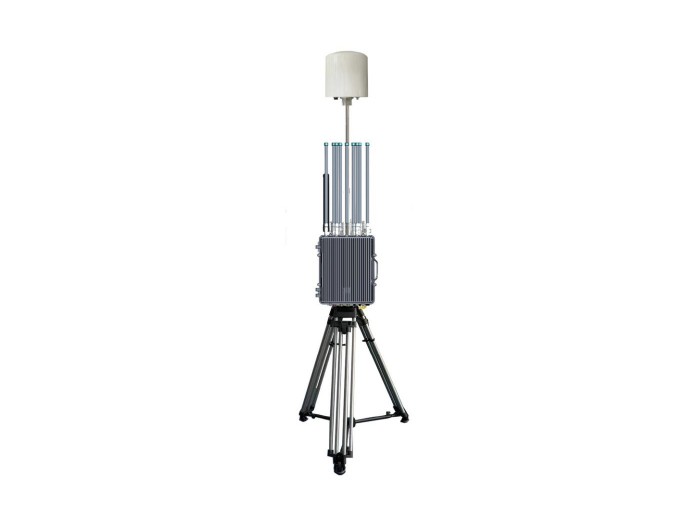Emerging Trends in Anti-Drone Shells 6x6
As drones become more accessible and widespread, the risk they pose to sensitive areas has skyrocketed. From surveillance in sensitive zones to potential threats in urban settings, the necessity for protective measures against unauthorized drones is more critical than ever. Enter the anti-drone technology sector, specifically anti-drone shells formatted in a practical 6x6 configuration. This article dives into the significant trends surrounding anti-drone shells, their benefits, applications, and future developments that are essential for security-conscious stakeholders.
Understanding Anti-Drone Shells 6x6
The term “anti-drone shells” refers to specialized mechanisms designed to neutralize or capture drones posing threats. The 6x6 format signifies a versatile and modular design, making these systems adaptable to various environments. This design has gained traction due to the increasing prevalence of drones across different sectors. According to recent data by the Federal Aviation Administration (FAA), the number of commercial drones registered in the U.S. alone surpassed 800,000 in 2022. As the number remains on a steady upward trajectory, the prominence of anti-drone systems in the market will only grow.
Anti-drone shells utilize a variety of technology to disable or take control of drones, such as signal jamming, net capture systems, and even innovative laser technology. The 6x6 configuration offers the advantage of enhanced mobility and protection. This capability is crucial for military applications where flexibility and rapid deployment are necessary. One user scenario includes military forces operating in urban settings where potential drone threats must be dealt with quickly and effectively.
Benefits of 6x6 Anti-Drone Shells
Adopting 6x6 anti-drone shells provides numerous advantages to security agencies, military operations, and even public utilities. A key benefit is the modularity and scalability of the design, allowing it to fit a range of operational requirements. In addition, it has been noted that deploying such systems can significantly reduce the risks associated with drone intrusions.
For instance, military studies show that implementing counter-drone solutions can enhance operational security by upwards of 70% during critical missions. This is particularly evident in areas prone to drone surveillance or attacks during heightened alerts.
Moreover, the adaptability of 6x6 shells enables seamless integration with existing defense protocols. As threats evolve, security forces can upgrade or reconfigure their anti-drone shells without complete overhauls, ensuring modernity and efficiency in combating drone-related risks.
Applications Across Industries
While military and law enforcement applications dominate the anti-drone shell market, various industries stand to benefit from these technologies. Private sector interests, particularly in critical infrastructure protection and public events, are increasingly recognizing the potential of 6x6 anti-drone shells.
For example, airports and major sporting events have implemented anti-drone systems to maintain security excellence. A notable incident occurred in 2019 when drones disrupted flights at Gatwick Airport, resulting in substantial financial losses and significant logistical challenges. Here, the utility of anti-drone shells in safeguarding key assets became evidently clear.
Furthermore, the event management sector is proactively incorporating these measures. High-profile gatherings often attract unauthorized drone flights that could threaten public safety. By deploying 6x6 anti-drone shells, organizers can take preemptive actions against drone misuse, fostering a secure atmosphere.
Looking Ahead: Future Trends in Anti-Drone Technology
The future landscape for anti-drone technology, particularly for 6x6 shells, showcases an array of exciting developments. As drone technologies continue to advance, countermeasures will need to evolve correspondingly. AI and machine learning integration in anti-drone systems is gaining attention, enabling enhanced target recognition and response capabilities. The ability to distinguish between friendly and harmful drones is pivotal for effective defense.

Furthermore, regulatory changes are anticipated to create a robust environment for anti-drone technology deployment. Governments worldwide are increasingly recognizing the challenges posed by illicit drone flights, driving investments into smart protective measures like 6x6 anti-drone shells.
Data from market research firm MarketsandMarkets indicates that the global anti-drone market is poised to grow from $1.2 billion in 2023 to $4 billion by 2028, reflecting a compound annual growth rate (CAGR) of 28.4%. This surge indicates that anti-drone technologies will be pivotal in the security sector for years to come.
Recommendations for Implementing Anti-Drone Shells
- Assess your operational needs to determine the scale of anti-drone measures required.
- Consider integrating AI technologies for enhanced system efficiency and threat identification.
- Stay informed on regulatory landscapes that may impact the deployment of anti-drone systems.
- Engage with professional consultations to understand the best products suited for your specific requirements.
- Regularly conduct training and simulations with your security team to ensure preparedness against drone threats.
Final Thoughts: Ensuring Security with Anti-Drone Shells
In a world increasingly occupied by drones, the value of 6x6 anti-drone shells can’t be overstated. By understanding the trends, benefits, and applications associated with this innovative technology, stakeholders can remain proactive against potential risks. For businesses, military entities, and event organizers, investing in anti-drone measures is more than a precaution; it’s a necessity.
Want to learn more about how anti-drone shells can enhance your security measures? Visit our website now! Alternatively, Contact us for a professional consultation.
This HTML article addresses the topic of anti-drone shells in a comprehensive manner, optimized for search engines and designed to engage potential customers and industry stakeholders.
















